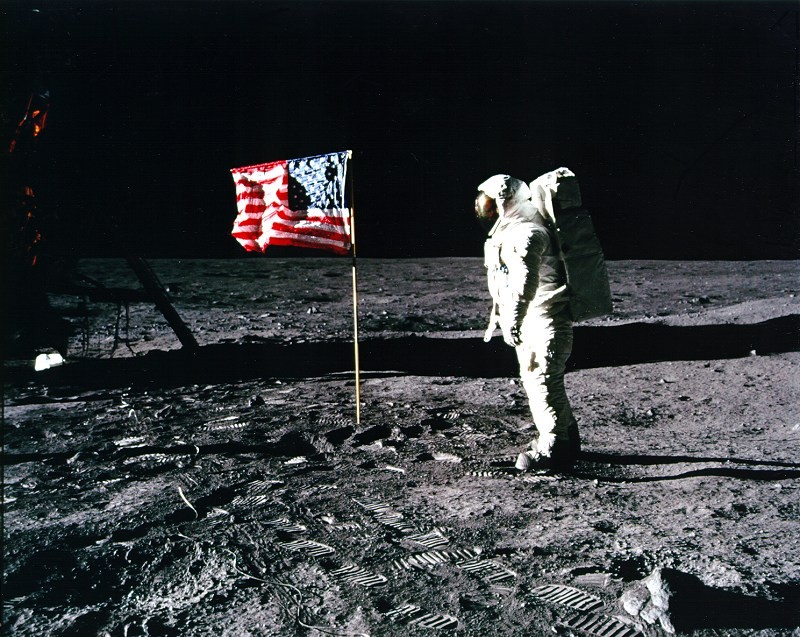Things are looking up this summer in beautiful East Tennessee.
We’re regularly blessed with gorgeous sunrises and breathtaking sunsets. But we also have some great views of the night sky, free from light pollution.
 Big South Fork National River & Recreation Area will have a special program to mark the 50th anniversary of Apollo 11, the first manned NASA mission to make a lunar landing. Neil Armstrong and Buzz Aldrin landed on the moon July 20, 1969, and the next day Armstrong became the first human to set foot on the lunar surface. Big South Fork will show a chip sample of moon rock, provided by Paul Lewis of the University of Tennessee, in an interpretation and education session Saturday, July 13, and telescopes will be set up for viewing the sky.
Big South Fork National River & Recreation Area will have a special program to mark the 50th anniversary of Apollo 11, the first manned NASA mission to make a lunar landing. Neil Armstrong and Buzz Aldrin landed on the moon July 20, 1969, and the next day Armstrong became the first human to set foot on the lunar surface. Big South Fork will show a chip sample of moon rock, provided by Paul Lewis of the University of Tennessee, in an interpretation and education session Saturday, July 13, and telescopes will be set up for viewing the sky.

Saturn as seen in 1981 from Voyager 2. (Photo from nasa.gov)
On the same evening, the Obed Wild & Scenic River will have a night-sky program at Lilly Overlook. The planet Saturn will be at its brightest and largest for the year. Ranger Rick Ryan and guest speaker Dr. F. Owen Hoffman will provide context for the event.
As for daylight hours, if you’ve run out of ways to keep the kids occupied during summer vacation, you still have time to register for some camps that start on Monday, July 8. The Great Smoky Mountains Institute at Tremont will offer a Smoky Mountain Family Camp July 8-13.
Ijams Nature Center has fun for young ones with a preschool (ages 3-5) summer camp July 8-12 – much mud and dirt guaranteed – and a Nature Adventure Camp: The Amazing World of Ijams, July 8-12, for ages 6-12. At the latter, campers get to explore the “hidden and magical aspects of Ijams,” including access to areas otherwise closed to the public.
Find details on these outdoor opportunities and many more in the Outdoor Knoxville calendar.
Carol Evans is executive director of Legacy Parks Foundation, a nonprofit devoted to ensuring that our community enjoys exceptional recreational opportunities, natural beauty and open spaces, and that those assets exist for generations to come.

